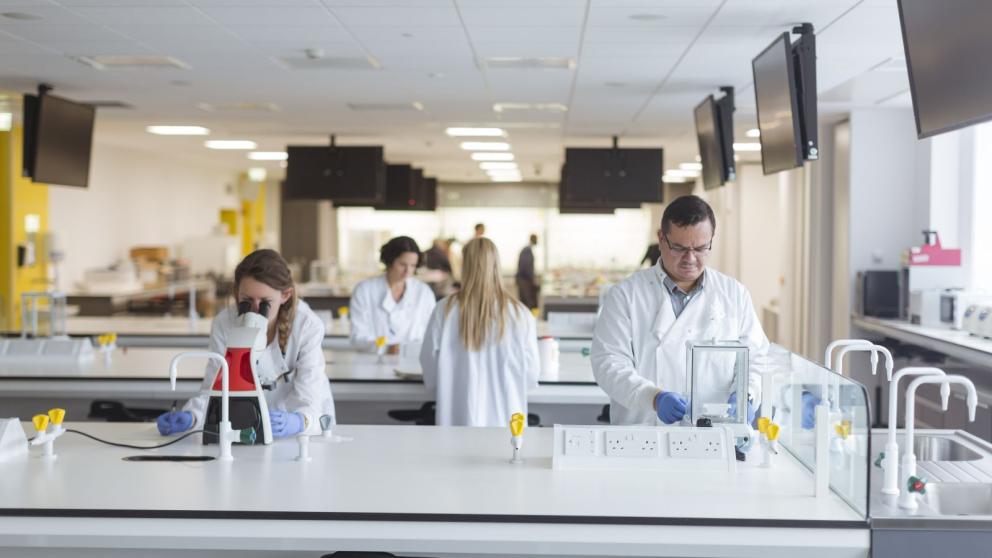Plasmid networks give new insights into spread of antibiotic resistance in wastewater

New research has shed light on how anti-microbial resistance can spread between bacteria, potentially aiding our fight against infectious diseases.
A new paper, just published in the journal Nature Communications, and led by Exeter and University of Salford describes how plasmids, tiny packages of DNA, spread resistance among their host bacteria.
Antimicrobial resistance (AMR), or antibiotic resistance, is rising to dangerously high levels causing a global health crisis by threatening our ability to treat common infectious diseases.
Using mathematical modelling and real-world data, the paper shows that plasmids carrying AMR are more likely to spread across the entire bacterial community, leading to more bacteria becoming resistant to antibiotics.
Alice Risely of the University of Salford said: “Plasmids are like microscopic hitchhikers that can either help or hinder their host bacteria. They sometimes have genes that lead to antibiotic resistance, which help bacteria survive when exposed to bacteria-killing antibiotics. However, when this resistance spreads to other bacteria, this makes our antibiotics less effective at fighting infections.
“It’s important to understand how resistance spreads between different bacteria so we can develop new ways to fight antibiotic resistance. Most of our knowledge comes from laboratory studies that examine this question in a very small number of bacterial strains. In reality, bacterial communities are made up of hundreds, if not thousands, of bacterial players. We don’t really understand how and why resistance spreads between different bacteria in these complex communities, because until now the theory and technology were not available.
“In our work, we develop new models that can predict the spread of resistance in more complex communities and use new technology that can identify which plasmid belongs to which bacteria and therefore trace their spread.”
Both the model and the data in the paper demonstrate that plasmids that carry antibiotic resistance spread more easily across the entire bacterial community than those that don’t carry resistance, and can even jump between wholly unrelated bacterial strains. This indicates that once antibiotic resistance is introduced to a community, given the right conditions it can spread extremely quickly between hundreds of microbial strains.
This will have consequences for the spread of antimicrobial resistance in environments that are exposed to antibiotics and therefore the future spread of AMR genes across microbial communities.
Dirk Sanders of Exeter University said: “The wider implications of our study are that these plasmids can evolve to become highly transmissible vectors of antimicrobial resistance, and thereby increase the chance that antimicrobial resistance spreads between different environments such as wastewater, agricultural and gut microbiomes. Understanding these pathways will help to develop mitigation strategies.”
Arthur Newbury of Exeter University said: “A further consequence of these findings is that plasmids that carry antimicrobial resistance are less likely to be eliminated from the microbial community. Since they are found in a wide range of bacterial hosts, these plasmids (and the resistance they confer) can persist in microbial communities even when their main bacterial host becomes locally extinct.”
For all press office enquiries please email communications@salford.ac.uk.
Share:
